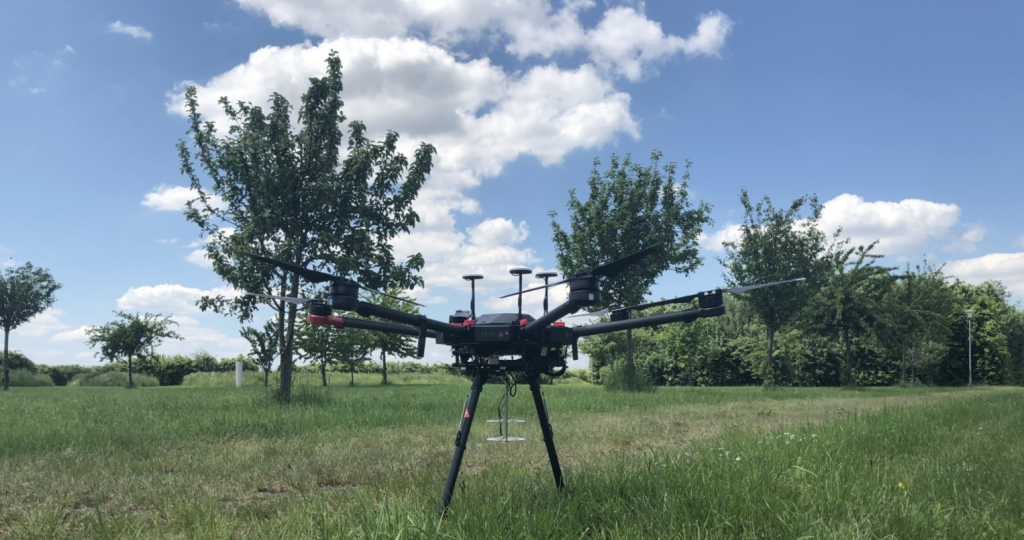
Monopulse is an established array processing technique for fast and accurate angle estimation. This technique has been generalized to space-time array processing of any dimension. And now Is being developed in Germany for rescue operations. (Source: Macarena Varela)
Research Drone to Act as Rescue Tool by Listening for Screams in Disaster Sites
In the wake of even more demolition on the Champlain Towers of Surfside Florida, the urgency to find more people alive is fading quickly. After finding almost 3 dozen bodies so far under the original collapse on June 24th of this year, it was determined to bring down the rest of the buildings. It was a danger to the rescue crews.
There are many tools being used in this rescue effort and now comes news of another tool as yet not fully developed but it’s very close.
Mashable.com is a website that produced a piece about drones listening for humans screams to zero in on them. No, it’s not what you might be thinking. Not Terminator horror stuff, but more like when mom hears you yell and she comes running to see what’s wrong.
It’s an idea that uses multiple microphones attached to drones to listen for human voices or screams in the rubble of a building or on a battlefield.
Drones are already used in search and rescue efforts, capable of reaching areas that are difficult to access as well as covering a lot of ground much more quickly than humans or dogs. However, such efforts typically rely on a human monitoring a camera mounted on a drone. Locating victims of a disaster quickly is often critical to their survival, so any technology that helps first responders find them is useful.
Researchers from Germany’s Fraunhofer Institute for Communication, Information Processing and Ergonomics (Fraunhofer FKIE) are developing scream-seeking drones to help rescue workers quickly find people who are trapped or injured in emergency situations. Mounting an array of microphones onto a drone, the researchers can hone in on screams by using processing techniques such as beamforming, which enables the microphones to detect which of them is closest to a sound and then hone in on it.
So even though it may sound like an evil takeover by the robots/drones of tomorrow, it’s actually going to save far more lives than is currently possible. Drones are even rescuing people at sea.
Speaking to Mashable via email, researcher Macarena Varela explained that she and colleagues Wulf-Dieter Wirth and Manfred Okum previously developed a similar system in 2016, but it had been too big and heavy to mount on a drone.
“Since MEMS microphones are so small and affordable, we are planning to double the amount of microphones in the near future instead of reducing them,” said Varela.
The research was presented at the Acoustical Society of America’s 180th meeting in June.
“In previous tests in the lab, we were able to detect impulsive sounds, such as clapping, having rotor noises present,” said Varela. “We are currently processing the data with the drone flying.”
In some emergencies, drones may actually be the precursor to rescuers who then pull victims out of the rubble.
read more at mashable.com







Leave A Comment